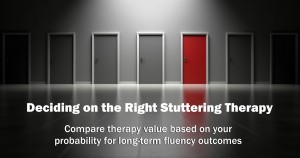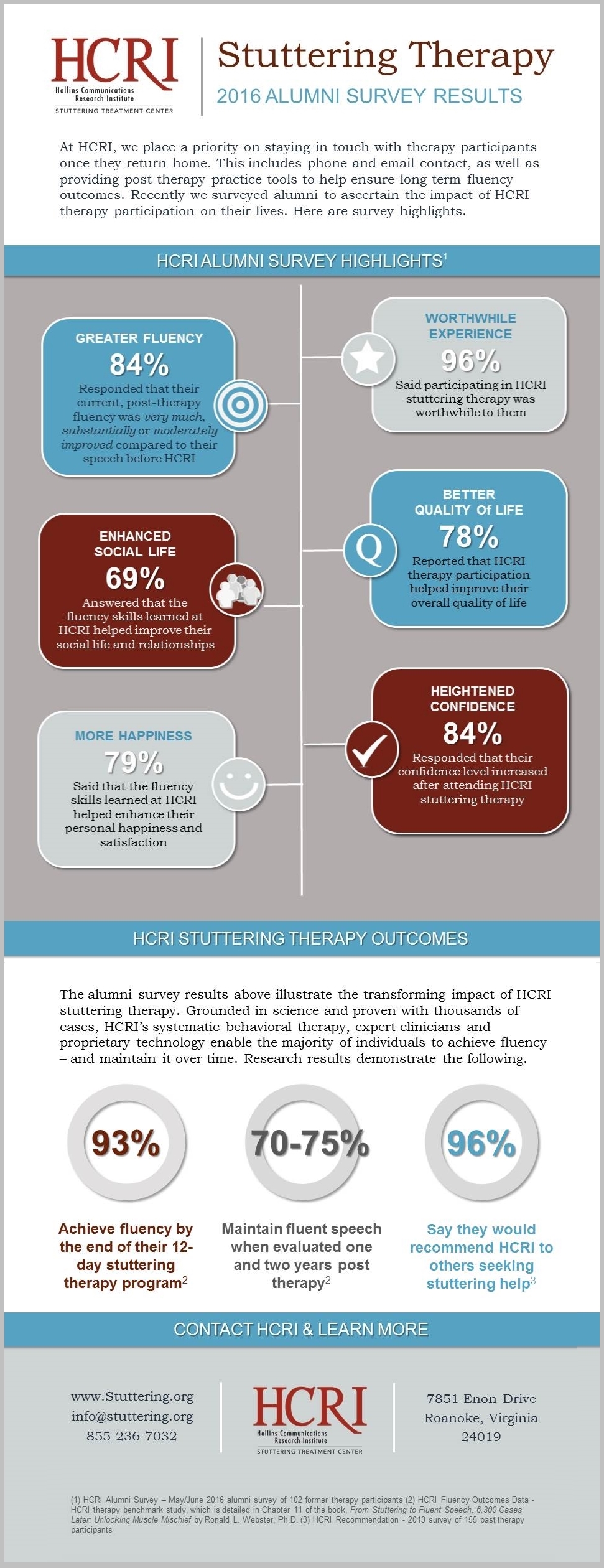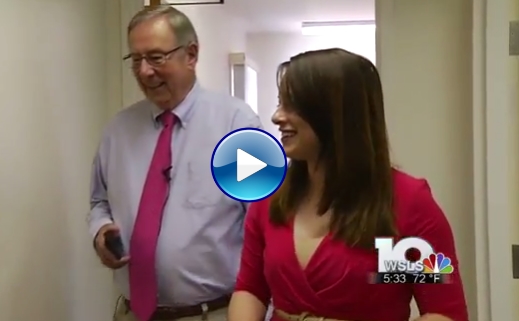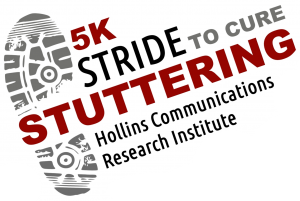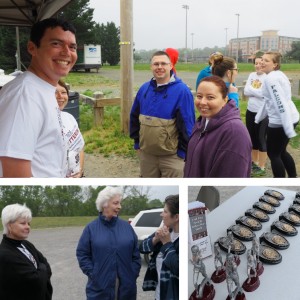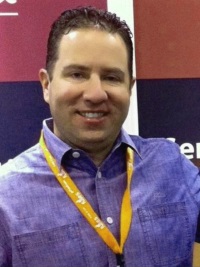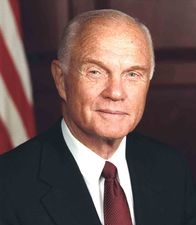
At Hollins Communications Research Institute (HCRI), we lost a dear friend this week with the passing of John Glenn, an American hero recognized for his history-making journeys into space, stellar military service, and leadership as an Ohio senator for 25 years.
Our relationship with the Glenns began more than forty years ago when we received a call from them requesting information about HCRI’s stuttering therapy program. John’s wife, Annie, lived with a severe stutter.
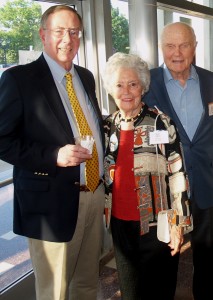
Annie faced remarkable communication challenges throughout her life. She avoided talking on the phone, found face-to-face communications extremely difficult, and tried to escape the spotlight at a time when her husband was receiving national acclaim for being the first American to orbit the Earth.
Yet, John saw his wife as the true hero and champion in the family, based on her unyielding determination, strength, and talent. His love and adoration for Annie was always apparent for all to witness.
The couple learned about HCRI while watching an interview on national television with HCRI Founder and President Ronald L. Webster, Ph.D. They contacted the Institute to learn if the advanced treatment offered at HCRI could help Annie. Stuttering was holding her back in life and, most importantly, she wanted the ability to talk with her grandchildren and read a story to them without stuttering.
After consulting with Dr. Webster about HCRI’s behavioral therapy approach, Annie decided to attend our therapy program in Roanoke, Virginia. She was 53 years old.
At the conclusion of her intensive three-week treatment program, she asked to use the phone to call John before she returned home. He was surprised to hear her voice on the phone. She spoke clearly and fluently for the first time in her life. The call brought John to tears.
With her stuttering under control, Annie’s world opened up. She became an advocate for people with communications disorders and dedicated her time to helping a multitude of organizations by serving on boards and committees, as well as taking on high-profile speaking opportunities. She readily joined John at public events and felt comfortable talking with attendees and answering questions. Her world was transformed through her ability to speak fluently.
Following therapy, Annie and John stayed in close touch with HCRI and Dr. Webster. They communicated through phone calls and emails. And, the couple returned to Roanoke many times to attend HCRI reunions where John always made sure that Annie was the spotlight rather than him. In addition, Annie served as the keynote speaker at HCRI’s building dedication.
We will deeply miss John and consider our long-standing friendship with the Glenns truly special. Annie is an inspiration to people who stutter and exemplifies how life can significantly change through fluency.


.jpg)

